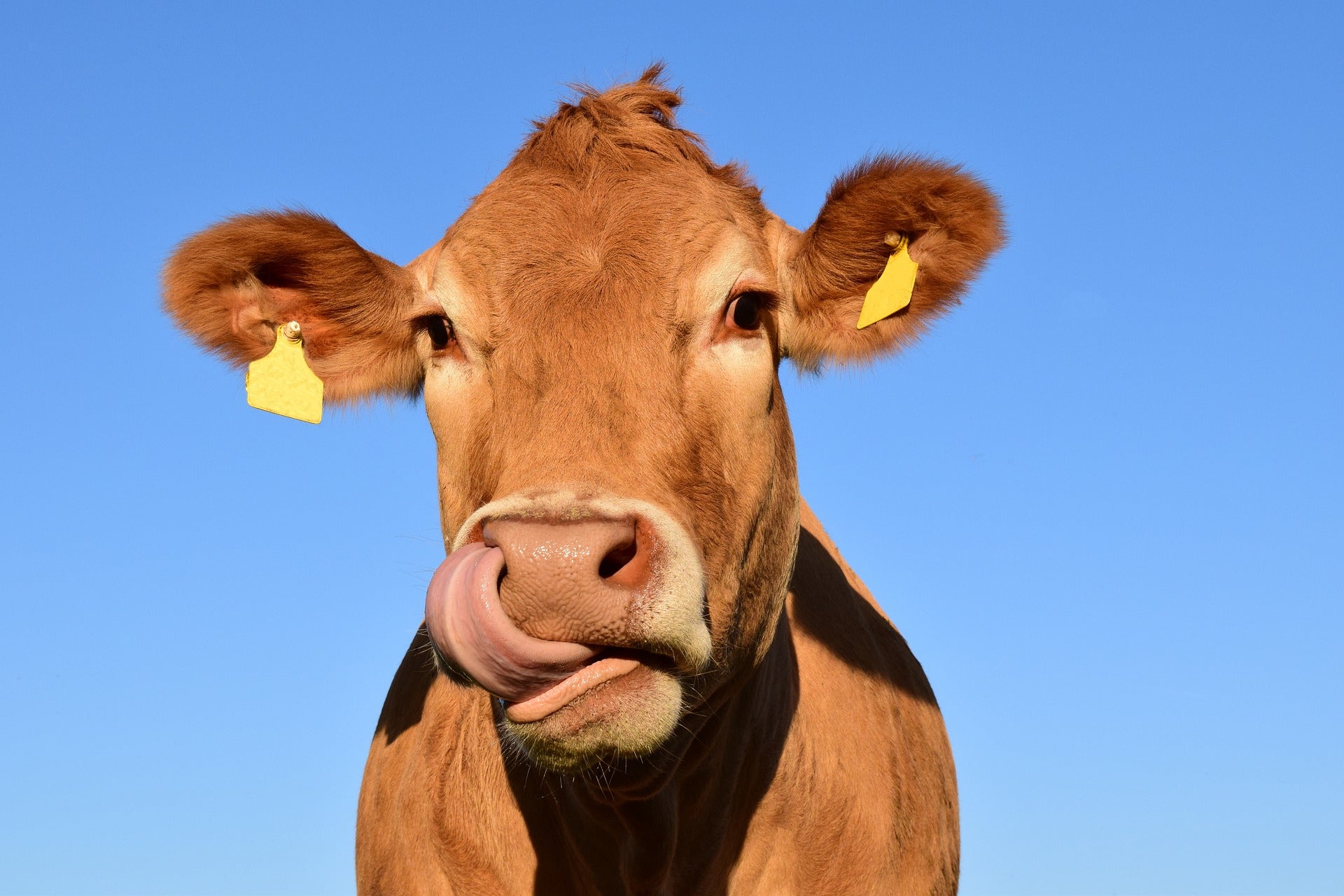Ag Notes: Many Ways to Keep Water Available for Livestock on Cold Days
Published 10:45 am Tuesday, January 7, 2020

- (Public domain)
By JERRY LITTLE
Ag Notes
As temperatures get colder, most producers begin to focus their attention on getting stored forages to their animals. It’s also a good time to remember available water for livestock in the winter is critical to health and survival.
Winter brings challenges of battling frozen waterers and frozen plumbing. Another factor is that animals may consume less water in the winter for a variety of reasons, including environmental temperature, feed moisture, body size and level of milk production.
During cold weather, your animals’ energy requirements will increase so they can maintain their body temperature. To meet that extra demand, you will likely increase their dry matter intake, if they can physically consume more feed. Water intake will affect their dry matter intake. If water sources are limited or frozen, animals won’t be able to compensate for the colder temperatures.
You have several options to deliver clean, fresh water to livestock, even on the coldest days of the year. Think about your actual water source. Are you using natural surface water sources? Do you have waterers installed or are you thinking of installing them? Surface water presents challenges that will require more work. You have to make sure the water quality downstream is good and that streambank quality is preserved. You’ll also have to check them often to make sure the surface is not frozen.
Large storage tanks are an option, but they still require frequent checks for ice. You could install a continuous flow valve in a storage tank to prevent freezing, but you’ll have to have an overflow directing water away from the tank to prevent excessive mud.
If you have electricity available at the winter feeding site, you have a great number of watering options. You can add an electric heater to almost any watering system.
If electricity is not available, you could research ways to harvest geothermal heat. A variety of watering systems on the market harvest geothermal heat from the ground below the tank, keeping water thawed and available to livestock even in the coldest of environments. Most of these waterers use heat tubes buried deep into the ground, allowing for geothermal heat to rise and keep water supply lines and the drinking trough thawed. While these systems do a good job of keeping pipes and floats from freezing, they are not ice-free. Depending on the amount of animal traffic using the waterer and environmental temperature, you may still need to remove a thin layer of ice over the drinking area on very cold days.
Regardless of the method you choose, your animals need clean, fresh and available water this winter.
For more information on livestock water and nutrition requirements, contact the Boyle County Cooperative Extension Service.
Jerry Little is the Boyle County extension agent for Agriculture and Natural Resources.






